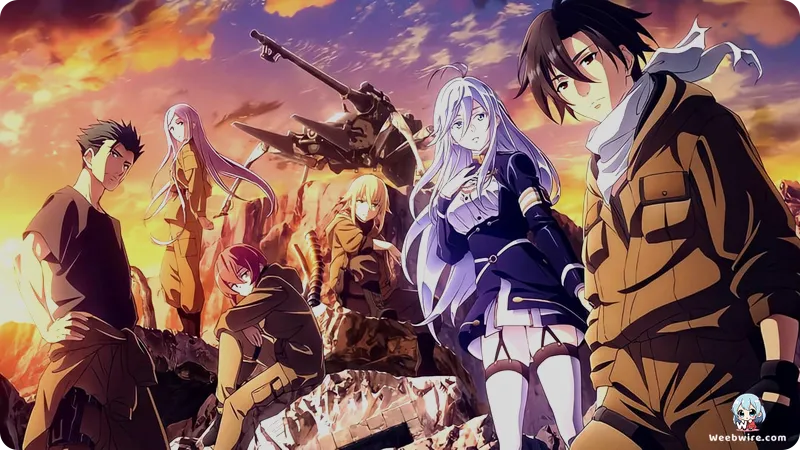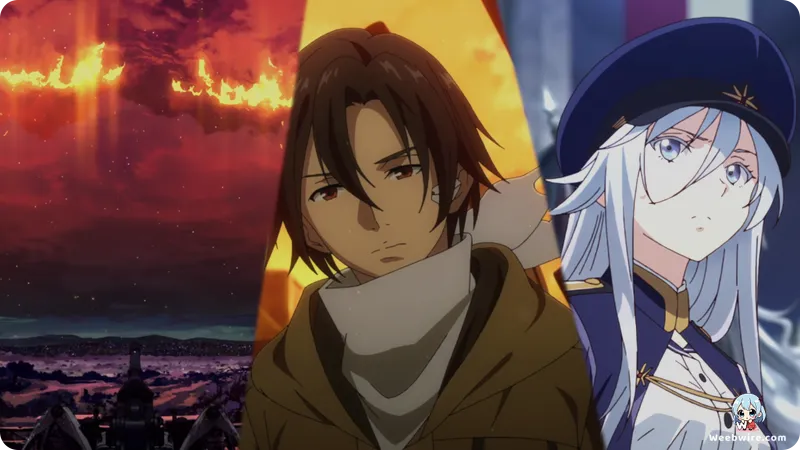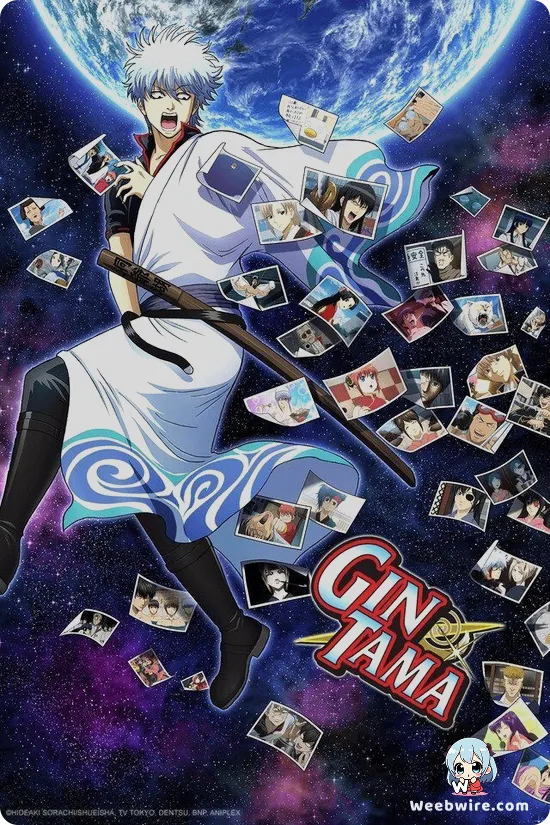Decoding 86 EIGHTY-SIX: Intentional Mecha Flaws, Historical Naming, and the Light Novel's Rare Literary Triumph

Beyond the spectacular mecha battles and high-stakes military action, the critically acclaimed anime adaptation 86 EIGHTY-SIX, produced by A-1 Pictures, serves as a profound commentary on societal failure, systemic prejudice, and the devastating scars of conflict. While many viewers are captivated by the tragic journey of protagonists Shin and Lena, the series is layered with meticulously crafted details and fascinating behind-the-scenes decisions that significantly deepen its narrative power, revealing the extraordinary thematic depth of Asato Asato's original light novels.
The Acclaimed Literary Foundation
The literary foundation of 86 EIGHTY-SIX is nothing short of triumphant. The series secured the highly coveted Grand Prize at the 25th Dengeki Novel Prize in 2017. This was a monumental win, marking the first time the award had been bestowed in seven years, immediately cementing its status as a landmark work within the genre. Its prestige only grew when it claimed the Seiun Award for Best Japanese Long-Form Novel in 2021, an honor often reserved for traditional science fiction heavyweights. These accolades confirm that the story is far more than a conventional action series; it is recognized serious literature exploring complex socio-political themes.
Design as a Metaphor for Oppression
Crucially, the aesthetic and mechanical design choices within the world of 86 EIGHTY-SIX function as intentional metaphors for oppression. The main combat units, known as Juggernauts, defy typical mecha tropes. Instead of being symbols of advanced defense and power, these machines are deliberately depicted as flimsy, poorly armored ‘walking coffins.’ The Republic of San Magnolia assigned these disposable units to the 86 population, viewing them as mere 'Processors'—a chilling euphemism for sacrificial pawns. The exposed wiring and mechanical instability of the Juggernauts visually underscores the Republic’s dehumanizing policy, reflecting their expectation that the 86 are cheap, replaceable tools destined for failure.

The Weight of 'The Undertaker'
Further emphasizing the narrative’s gravity is the protagonist, Shin, whose battlefield designation, ‘The Undertaker,’ carries a literal and horrifying weight. This is not just a dramatic moniker; Shin physically bears the accumulated data chips (or 'dog tags') of every fallen comrade under his command. This immense collection of remembrance transforms his title into a profound statement on duty, survivor’s guilt, and the dedication required to memorialize the war’s forgotten victims.
Even the white-haired Handler, Vladilena Milizé, is part of this intricate thematic tapestry. Her full name, ‘Vladilena,’ is widely speculated to be a portmanteau referencing historical political figures like Vladimir Lenin. This subtle nod highlights the dark irony of the Republic of San Magnolia, whose utopian ideals of equality mask a brutal, discriminatory reality—a stark mirror to historical revolutions that failed to deliver on their grand promises.
A-1 Pictures' Commitment to Quality
The anime's production history itself speaks volumes about its quality commitment. A-1 Pictures deliberately elected to split the first season into two separate cours, creating a substantial delay before airing the final, climactic episodes. This decision was purely driven by the necessity of delivering complex, high-detail animation to fully capture the emotional intensity and grand scale of the final narrative arcs. This prioritization of quality, evident in the kinetic movement of the Juggernauts and the powerful, evocative score by Hiroyuki Sawano and Kohta Yamamoto, secured widespread fan appreciation and solidified 86 EIGHTY-SIX as a masterclass in adapting challenging science fiction material.
Credits
86 EIGHTY-SIX
Author
Asato Asato
Cover Art
Shirabi
Studio
A-1 Pictures
Publisher
ASCII Media Works
Producers





